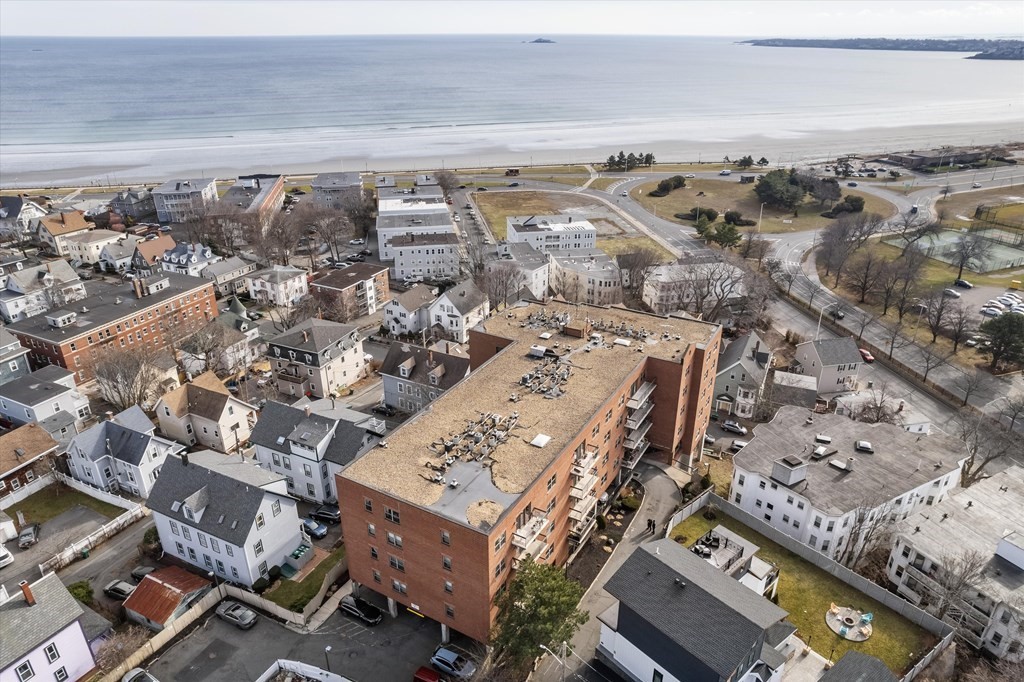TLDR:
In the grand narrative of condominium governance, the choice to steer clear of loans in favor of meticulous budget planning, supplemented when necessary by special assessments, writes a story of fiscal resilience and structural integrity. This approach requires not just financial acumen but also the foresight of an urban planner, ensuring that each financial decision, like each beam and bolt in construction, supports the enduring strength and appeal of the community. It’s about building a legacy where financial health and physical structure stand in harmony, ensuring the community not only survives but thrives, free from the shadows of debt, into the foreseeable future.
An Introduction to Condo Repair Financing
In the intricate dance of condominium management, where the rhythm is set by the twin beats of financial strategy and structural integrity, the task of funding repairs becomes a sophisticated symphony. Here, we embark on an expansive exploration, weaving through the financial instruments and engineering principles that dictate how these communal fortresses are maintained for posterity.
1. The Bastion of Fiscal Foresight: Proactive Budget Planning
Delving into Financial Mechanics:
- Reserve Studies: These are not merely periodic reviews but are akin to detailed structural health assessments, conducted with the meticulousness of a master engineer, ideally revisited every three to five years. They are the financial seismographs, predicting the tremors of future expenses.
- Funding Models: Here, we engage in a form of fiscal architecture:
- Percentage Funding: This strategy aims to maintain a reserve that reflects a calculated percentage of the full funding needed, ensuring that at any moment, the financial foundation is robust enough to support the edifice of expected costs.
- Baseline Funding: Imagine this as setting the bedrock depth for a skyscraper, ensuring the financial structure never falls below a level critical for stability, thus preventing fiscal subsidence.
- Full Funding: An aspirational yet pragmatic target where the reserve is fully stocked, like a granary before winter, ready to meet all projected capital needs without the distress of emergency funding.
The Virtues of Prudence:
- Predictability and Stability: This approach ensures that the financial landscape remains as predictable as the laws of physics, allowing residents to plan their lives without fear of fiscal earthquakes.
- Investment Growth: Here, the reserve fund isn’t just a static pool but a dynamic ecosystem, invested in secure financial vehicles like Certificates of Deposit or Treasury securities, where it can grow, much like well-maintained infrastructure increases property value.
The Challenges of Foresight:
- It demands the resolve to incrementally increase contributions, similar to how an engineer might advocate for a stronger, yet more costly, material for long-term durability.
2. The Balanced Approach: Special Assessments
The Engineering of Assessments:
- Calculation of Costs: When unexpected structural fatigue manifests, like discovering hidden corrosion in steel beams, the repair cost is distributed through a formula as intricate as structural load calculations, often proportional to each unit’s share of the whole.
- Legal and Democratic Processes: This isn’t a unilateral decision; it involves a governance process reminiscent of a town hall meeting where consensus on structural reinforcements might be sought.
The Merits of Immediate Action:
- Rapid Capital Mobilization: Acting like emergency structural shoring, it secures necessary funds swiftly without the long-term entanglement of debt obligations.
- Equitable Burden Sharing: There’s a certain poetic justice; current residents, who benefit from the immediate environment, shoulder the cost, not unlike how current generations might choose to address climate change for future benefit.
The Drawbacks of Sudden Levies:
- Financial Disruption: For unprepared owners, this can feel like an unexpected seismic event, potentially leading to financial instability or the need to reconsider residency.
- Perception in the Marketplace: Regular reliance on assessments might signal to potential buyers or investors a narrative of deferred maintenance or fiscal irresponsibility, akin to a building showing visible cracks.
3. The Debt Conundrum: Resorting to Loans
The Architecture of Borrowing:
- Types of Loans:
- Lines of Credit: These are the financial equivalents of adjustable scaffolding, useful for ongoing or smaller-scale projects, yet vulnerable to the fluctuating tides of interest rates.
- Term Loans: More like a fixed bridge, designed for specific, significant renovations with a clear path to repayment, yet fixed in its terms.
- Interest Considerations: Here, the cost of capital isn’t just a figure; it’s influenced by the association’s credit standing, much like how soil composition dictates foundation design.
The Appeal of Deferred Costs:
- Cash Flow Management: It distributes the financial weight over time, akin to how amortization schedules spread out the cost of construction, providing immediate relief to current occupants.
The Risks of Borrowing:
- The Burden of Interest: Over the years, this can accumulate like sediment in a river, potentially doubling the original outlay, much like how minor structural issues can evolve into major repairs if ignored.
- Legacy of Debt: It’s akin to passing on a building with latent defects; future generations inherit this financial obligation, potentially diminishing the allure and value of their investment.


0 Comments